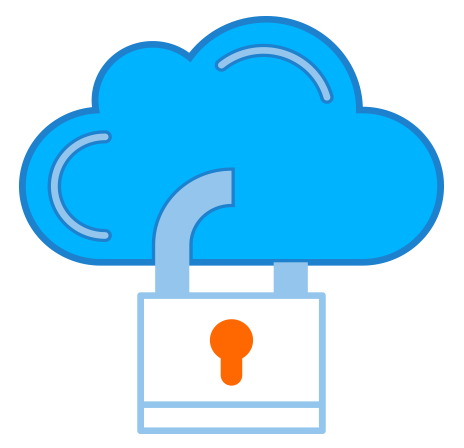How to update the dedicated server safely without downtime?
Updating a dedicated server without any downtime—particularly concerning businesses that essentially need their uptime uninterrupted is a complex task. This can be accomplished by carrying out the updating planning and updating procedure in a very cautious manner. Here are steps to update your dedicated server without any down time:
Preparation and Planning
Begin with infrastructure. Get to know the server's architecture and applications that will be affected by the update. Note dependencies and services that may break with the new update. Document the current setup, which is in configuration, software versions, custom modifications, etc.
Back up everything—database, application files, and configuration files system and state of a server. Have a full backup of the server before making any changes. Store off-site to ensure the integrity of the data.
Schedule the update during off-peak times. For most businesses, this includes the late evening or during the weekend. Notify end-users of the scheduled maintenance so that they can plan for it.
Testing with Updates in Staging
Make a staging environment—exactly like the environment in production—if you already have one in production. The staging environment can be a virtual machine or a stand-alone server. Make the updates in this staging environment and test carefully to uncover all errors. After updating, monitor the performance and behavior of applications to ensure that they are behaving as expected.
Implement a Blue-Green Deployment Strategy
Blue-Green Deployment is a deployment technique in which there is minimum downtime while updating. This technique is based on having two identical production environments: one active (blue) and one inactive (green). Here's how it works:
Provision all the latest software in the green environment so that the green environment reflects an exact replica of the blue environment with the application of the latest updates.
Cross-check the green environment in detail to make sure that everything is in place and working properly.
Once testing is done and you finally have confidence in the update, perform a traffic switch from the blue environment to the green environment. Often, this switchover can be done with little enough disturbance, since DNS or load balancer settings can be adjusted to redirect traffic. Executing the Update
Once the blue-green strategy is in place, the green environment should be updated while the blue environment is processing live traffic. Keep your eyes on the green environment for any hiccups that might occur while updating. If the update is properly staged and tested, switch traffic to the green environment.
Post-implementation Monitoring and Verification
Monitor the system for performance problems, errors, or user complaints. Watch the system like a hawk immediately after the traffic has been switched over to the green environment. Because the green environment is robust and dependable, allow the blue environment to stay in place until you are completely confident that the green environment is solid and reliable. If anything goes wrong, this is your fall back and you can return swiftly to the old state.
Rolling Updates and Canary Deployments
With respect to scaling updates, other alternatives to blue-green instances are rolling updates and canary deployment. Changes are deployed in increments, replacing the old versions with new ones, not all at once. First deployed to a small audience, canary deployments allow checking an update's effect on the system before making a bigger splash.
You can update a dedicated server without any downtime, provided you plan and execute the task appropriately. Do the infrastructure analysis and back up everything; then schedule update during low-traffic times. Test the updates thoroughly in a staging environment, and for that matter, apply blue-green deployment to reduce the chances of disruption. Obviously, post-update monitoring is essential to ensure system stability. Using such measures, care can be taken regarding smooth operations and updating the service when it is required.

 Server
Colocation
Server
Colocation CDN
Network
CDN
Network Linux Cloud
Hosting
Linux Cloud
Hosting Kubernetes
Kubernetes API Gateway
API Gateway Pricing
Calculator
Pricing
Calculator
 Power
Power
 Utilities
Utilities VMware
Private Cloud
VMware
Private Cloud VMware on
AWS
VMware on
AWS VMware on
Azure
VMware on
Azure Service
Level Agreement
Service
Level Agreement 


